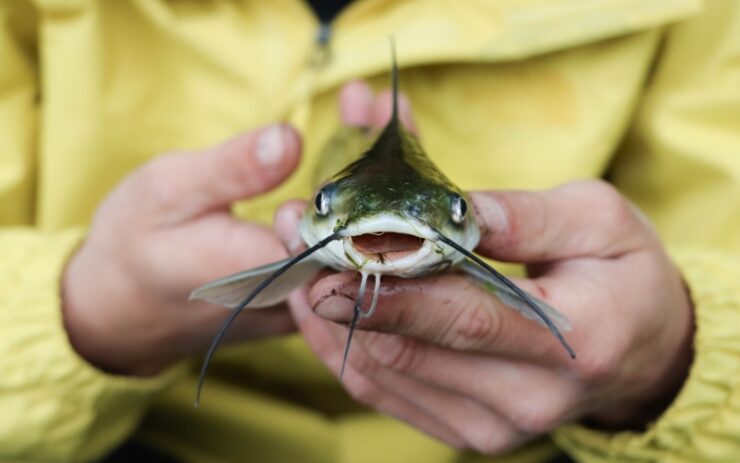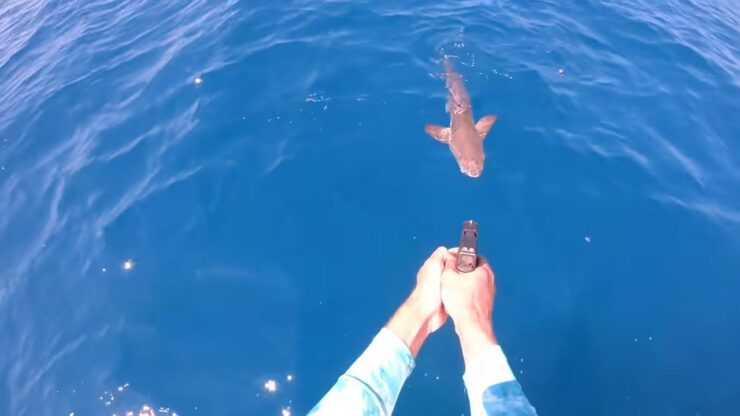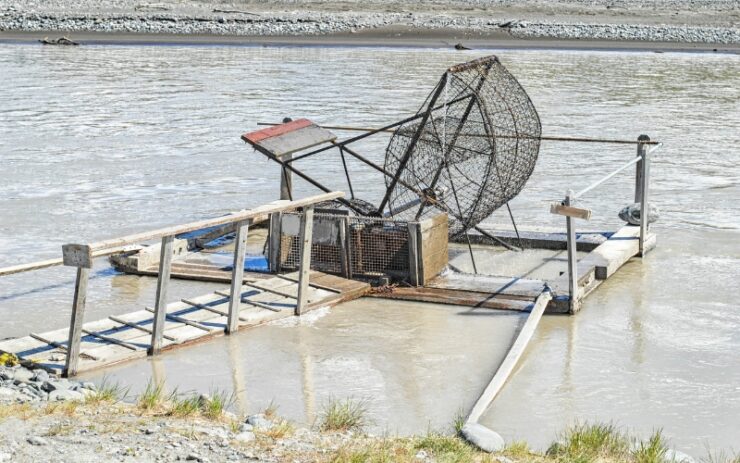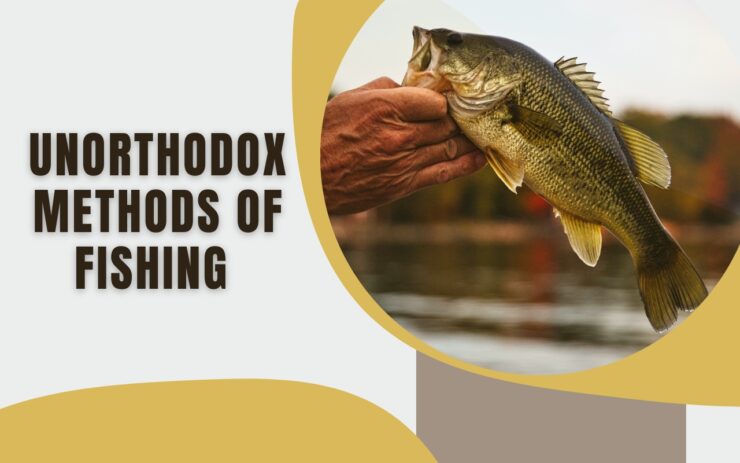To most people, fishing is about getting out their boat, rod, reel, pathfinder, and hitting the waters. While there is nothing wrong with fishing this way, it’s not the only way—there are plenty of other ways you can go about it. To expand your knowledge, here are other ways you can do fishing:
Table of Contents
ToggleSpearfishing
People have been using spears to catch fish for a long time. Initially, people just threw a pointed stick at fish in shallow water.
Even though the tools have evolved, the process has stayed almost the same.
Divers use various tools, from hand-held spears that move with the help of elastic bands to high-powered spearguns that shoot with the help of compressed air.
The most interesting form of spearfishing happens in the frozen North. Here anglers hide in dark houses and use intricately carved decoys to lure fish close enough to spear.
They place the fake fish in front of a big hole in the ice and then wait for the pike to come. Once the pike is clear, the angler throws a multi-tined spear and catches the fish.
1. Hand fishing

Hand fishing is even simpler than spearfishing. Also known as noodling, in hand fishing, the angler reaches into holes and other likely hiding places below the water’s surface, puts their hand in a catfish’s mouth, and wrestles it to the surface.
As you can tell, this is dangerous since snapping turtles, and other animals that bite are just as likely to live in those underwater holes.
If a snapping turtle bites the hand of an unsuspecting angler, it can do a lot of damage.
Despite the danger of this method of fishing, it’s still a popular way to catch even giant catfish. If you want to try this method, ensure you have at least one or two experienced partners—don’t do it alone.
2. Pike shooting

If you think spearfishing is fun, you should try out pike shooting. This method is as it sounds—you shoot the fish you want using a gun.
While this can be a great way of fishing, it’s not popular and often localized mainly in Vermont. This is because Vermont has no rules about what gun you can use.
Anyone can use rifles, shotguns, handguns, and even muzzleloaders of any caliber or gauge to shoot fish.
Anglers sit in tree stands set up over the water, while others sit in the bow of a boat. During this time, you can use a gun to catch cull fish like gar, bowfin, shad, bullhead, and carp.
If you are considering going to Vermont to practice this style of fishing, make sure you have a Vermont hunting license and don’t go over the size and number of fish, you can bring home.
3. Drone fishing

Although they aren’t as advanced as a US Navy deep-water exploration ship, drones pack some technology you can use to catch fish.
In fact, some enterprising anglers are already using their drones for fishing and bringing home huge catches.
Anglers who fish for sharks and tuna send baits past the breakers, where the big fish usually swim.
These anglers put remote triggers on their drones, which lets them put baits right where they want.
This lets them use the biggest rods and reels to catch big fish. Drones are not only effective at capturing large fish—they are also effective at catching small fish, and anglers use them to catch small fish, like freshwater panfish.
4. Cormorant Fishing

You must be conversant with service animals. These are animals like lead dogs that lead a blind person through a busy city street.
Even though dogs are the most popular service animals, they aren’t the only ones. Throughout history, other animals have helped people with different tasks, like fishing.
People have used birds and mammals, among other animals, to catch fish. The Chinese, Japanese, Greeks, English, and French have all used the cormorant.
In practice, anglers catch cormorants and tie loose snare around their necks. This keeps the birds from swallowing fish.
After a successful dive, the trained cormorant returns to the angler, who makes it throw up the fish. The fish can then be sold or eaten.
5. Electrofishing
Electrofishing involves sending an electric current through the water to stun the fish for a short time and send them to the surface, where you can catch them with a net.
Electrofishing is common in science. The fish are stunned and put in holding tanks, where their length and size are measured before release.
Direct current pulses are sent from an anode submerged in a cathode. This causes galvanotaxis, which is when the fish’s muscles shake uncontrollably and make them swim toward the anode.
Most of the time, big arrays hanging off the front of purpose-built electrofishing boats send current into the water.
The power from an onboard generator is sent to the water through a switch that turns it on and off momentarily. The technicians then pick up the stunned fish.
6. Fish Wheels

Why not use a machine to help you fish? Some anglers in Alaska and parts of Canada do just that. These brave anglers pull salmon and other fish out of the water with a big wheel that looks like one on an old-fashioned grist mill.
Unlike humans, who get tired when fishing, these machines never get tired and work all the time.
Fish wheels are so good at catching fish that they are no longer allowed to be used for business.
The ones used on the Columbia River in Oregon were partly to blame for the decrease in salmon runs.
Even now, these fish wheels still give enough filets to Native villages.
7. There you have it
As you can see, fishing is more than picking your Arcteryx backpack and going out to catch fish—there are plenty of other alternatives.
Of course, some of these unorthodox fishing methods will require you to be brave such as catching fish with your hand, while others, such as shooting the fish, will require you to have the relevant licenses.
To stay on the safe side, always play by the rules.
Adelaide Gentry, a seasoned kayaking enthusiast and expert, is the driving force behind KayakPaddling.net. With over a decade of experience navigating the world’s most challenging waterways, Adelaide combines her passion for adventure with a deep knowledge of kayaking to provide insightful and practical guidance for paddlers of all levels.
Related Posts:
- 10 Best Fish Finders Under $200 2024 - Top Affordable Picks
- Heavy Duty Fishing: 11 Best Rods And Reels For Big Fish 2024
- 12 Best Rod For Daiwa BG 5000: - The Right Combo For Reel
- 10 Best Fishing Reel for Salmon 2024 - Reels for Big Gamers
- 14 Best Fishing Line for Baitcaster 2024 - For…
- 13 Best Fishing Kayak Under $500 in 2024 -…












